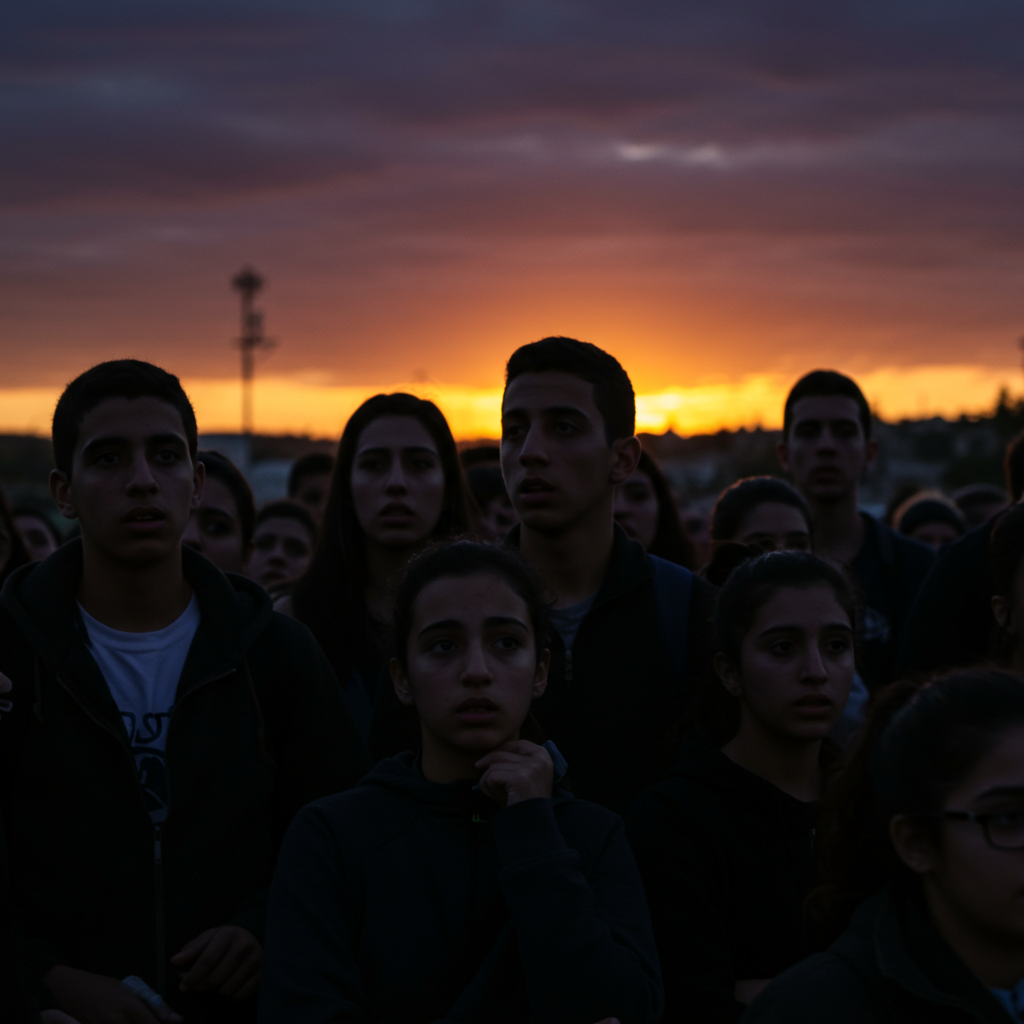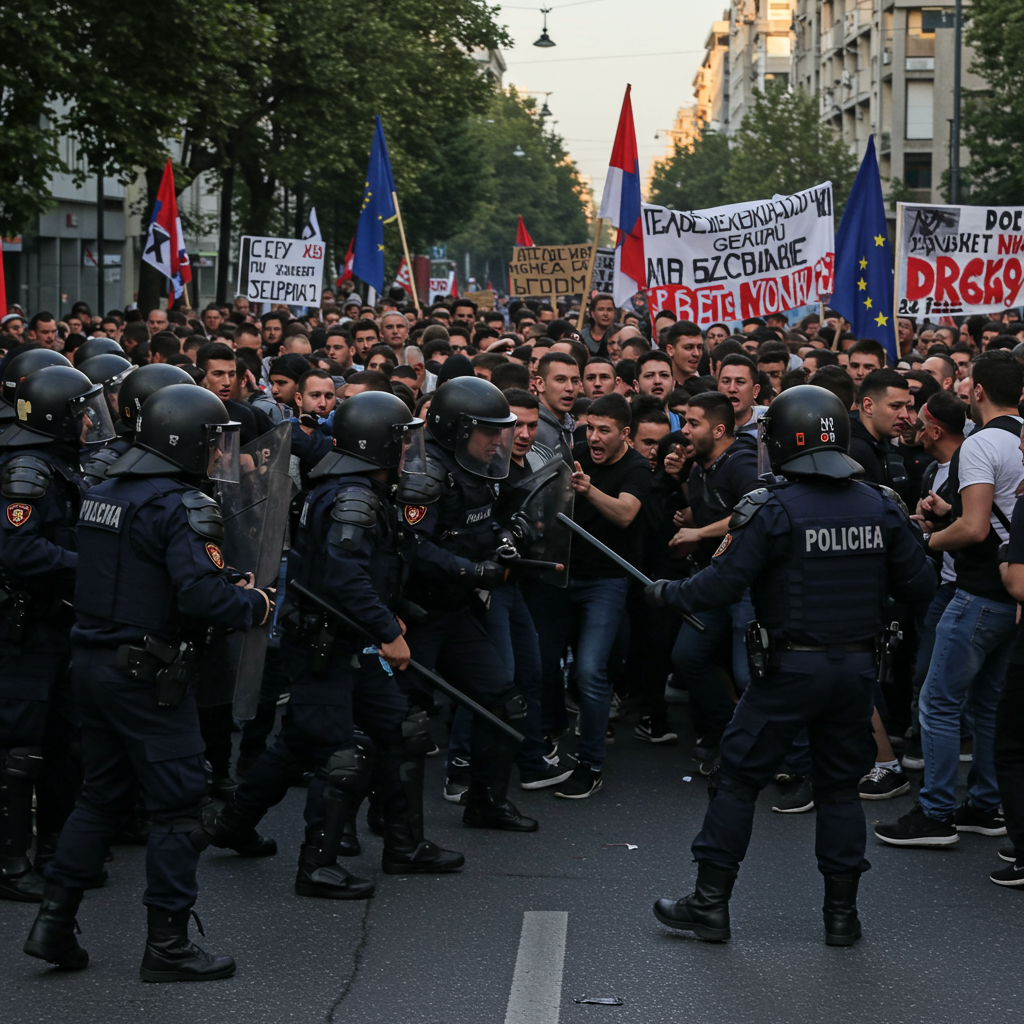Early Sunday morning, the landscape of the Israel-Iran conflict dramatically shifted. The United States military joined Israel’s war effort with massive pre-dawn airstrikes targeting key Iranian nuclear facilities. As dawn broke, Israelis awoke to a new reality, one met with a profound mix of elation, fear, and widespread uncertainty about what lay ahead.
The reactions across Israel highlight a nation divided.
A Nation Divided: Hope for Peace, Fear of War
For some, the U.S. action signaled the dawn of a hopeful new era. With American firepower directed at Iran’s nuclear program – long perceived as an existential threat – there was a belief that the immediate danger of a nuclear-armed Iran might finally be lifted. This perspective fueled optimism for a potential future of greater peace and stability in the region.
However, this hope was tempered by deep-seated fear. Many Israelis voiced concerns that the U.S. intervention, while potentially damaging Iran’s nuclear capabilities, was just as likely to provoke a severe, prolonged retaliation from Tehran, potentially spiraling the conflict into a broader regional war. This division wasn’t confined to political factions or news headlines; it played out among families, friends sharing space in bomb shelters, and individuals grappling alone with the weight of the unfolding events.
The fears were quickly underscored by action. Just hours after the U.S. strikes, Iran launched multiple barrages of ballistic missiles toward Israel. This immediate response sent millions of Israelis scrambling into bomb shelters, a stark reminder of the ongoing threat, even as the Israeli Air Force continued its own operations against targets in Iran. These Iranian missile attacks, including impacts near major population centers and reports of casualties and damage like that sustained at the Soroka Medical Center in Beersheba and residential areas near Tel Aviv, cemented the reality of immediate danger for the population.
Targeting Iran’s Nuclear Core: The US Strikes
The United States strikes were significant. Carried out by B-2 stealth bombers, the operation reportedly involved dropping advanced precision-guided munitions designed to penetrate hardened and underground targets. Visual evidence, including satellite imagery analyzed by experts, corroborated claims of damage to key Iranian nuclear sites such as Fordow, Isfahan, and Natanz.
Images showed potential bomb entry points above the subterranean Fordow facility, destroyed buildings at Isfahan’s Nuclear Technology Center, and a visible crater over the underground Natanz site. While President Trump described the sites as “completely and totally obliterated,” Pentagon officials offered a more measured assessment, stating the sites sustained “extremely severe damage” and that the strikes achieved a “destruction of capabilities,” particularly at Fordow. Experts noted unusual pre-strike activity at Fordow, potentially indicating Iran preparing for an attack or attempting to protect sensitive materials.
These strikes targeted facilities critical to Iran’s nuclear program, which has included enriching uranium to levels (up to 60%) concerningly close to weapons-grade (90%). The success, or at least the perceived success, of these strikes in crippling Iran’s nuclear infrastructure is the foundation for the hope expressed by some Israelis.
Escalation Risks: The Broader Context
The U.S. intervention did not occur in a vacuum. It followed days of intense direct conflict between Israel and Iran, which began with a surprise wave of Israeli airstrikes targeting Iranian nuclear and military sites, leadership figures, and missile capabilities. Iran had previously responded with significant missile and drone attacks against Israel.
Experts caution that while Iran has historically sought to avoid all-out war with the U.S., it feels politically obligated to retaliate. The scale of this retaliation, and the subsequent risk of escalation, remains unpredictable and difficult to control. While some analysts believe the strikes could empower hardliners within the Iranian government, potentially hindering prospects for future diplomatic engagement or internal reform movements, others argue the use of force was necessary against a regime they believe understands only that language.
The dramatic events of Sunday, June 22, 2025, marked a definitive turning point in the long-simmering conflict between Israel and Iran, now involving direct U.S. military action. The immediate aftermath in Israel reflects the profound uncertainty of this new chapter: the prospect of a reduced nuclear threat stands against the palpable fear of intensified, prolonged warfare, leaving the nation holding its breath for what comes next.




